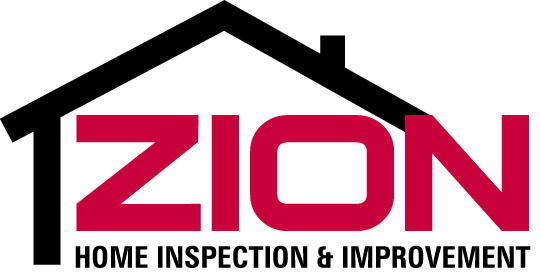4 Point Insurance Inspections
What happens in a 4 Point Home Inspection?
A 4 Point Insurance Inspection covers the roof, electrical, plumbing, and HVAC systems. A 4 Point Inspection should not be confused with a Standard Residential Home Inspection. A 4 Point Inspection can be typically requested by a homeowner's insurance company during renewal or getting a new coverage plan but is not an adequate substitute for a full home inspection during a real estate transaction. Insurance companies can have reservations about insuring homes older than 20 years old and a 4 Point Inspection aims to show insurance providers the details needed to assess the risks of insuring particular properties. We inspect;
The HVAC System
Appropriately sized heating and cooling system(s)
General functionality of the system(s)
General condition, age, and typical life expectancy
The Electrical System
Appropriate size of electrical system for the house
Properly grounded outlets
General conditions of the electrical panel(s) and branch circuit conductors
Uninsurable Conditions With the Presence of;
Aluminum branch wiring
Knob and tube wiring
Fuses and fuse boxes
Double tapped breakers not in a breaker listed for multiple conductors,
Cloth and sheath wiring (also known as "rag wrap")
The Plumbing System
Material and Age Evaluation of Drain and Supply Lines
Signs of Leakage
Condition and Age of Water Heater
The Roofing System
Roof Age and Typical Life Expectancy
Signs of Deterioration
Signs of Leakage
Roof Shape
We do not directly speculate on the remaining service life of specific systems and components. The typical life expectancy is based on accepted industry averages in order for the home owner or insurance company to make a general comparison to the age of the system or component.
How can I Prepare for a 4 Point Inspection?
You can prepare for a 4 Point Insurance inspection on your home by making sure;
